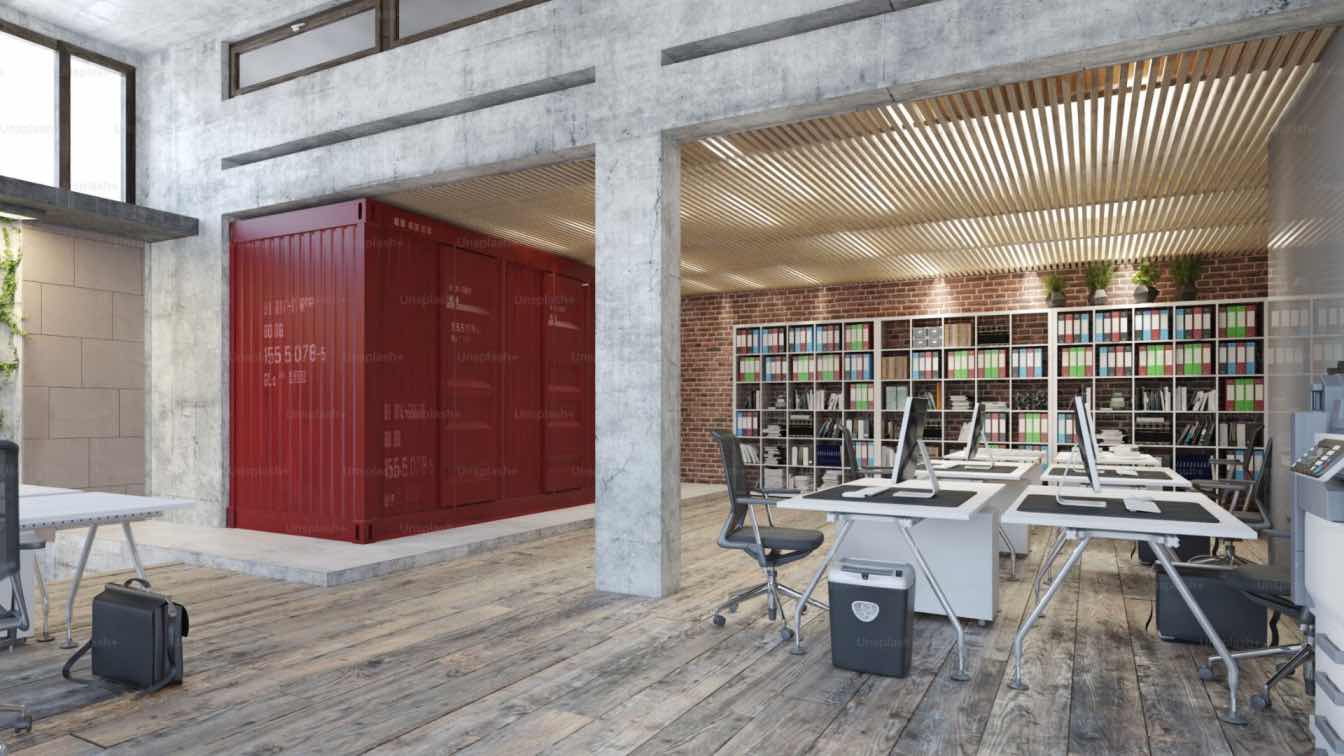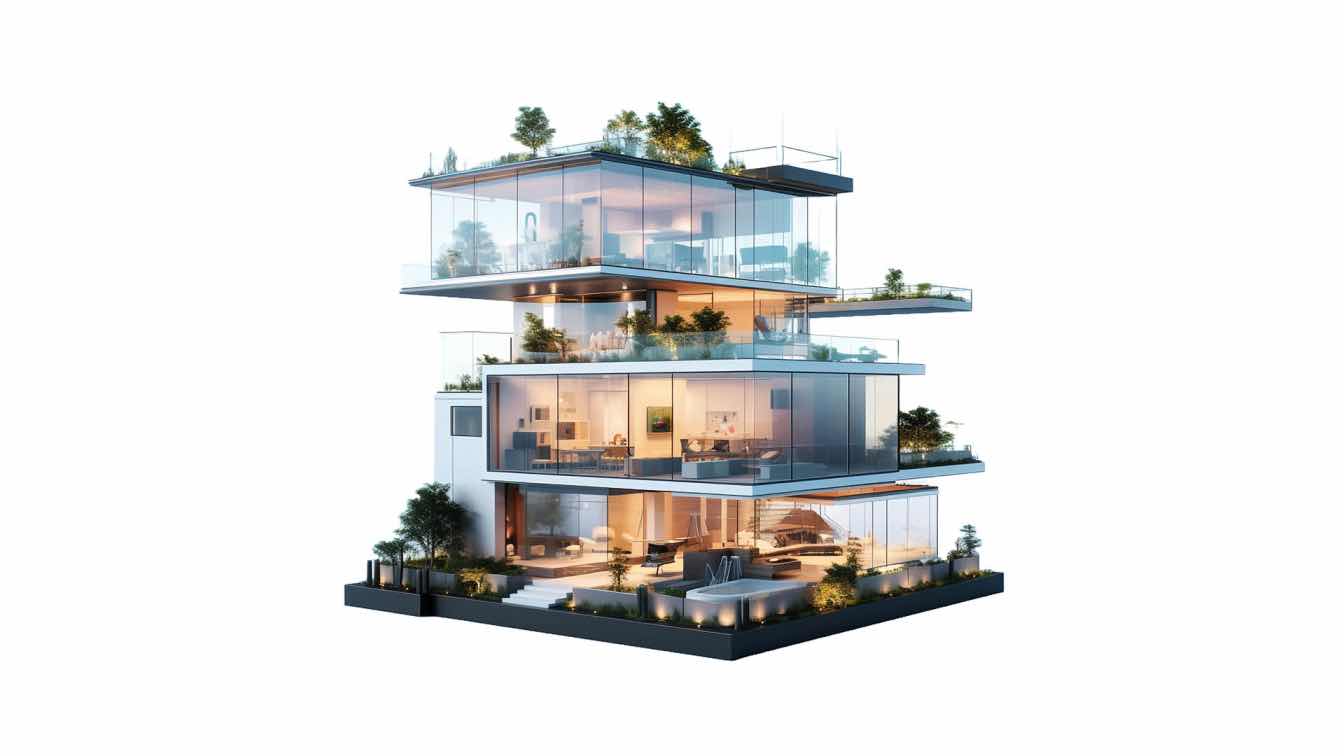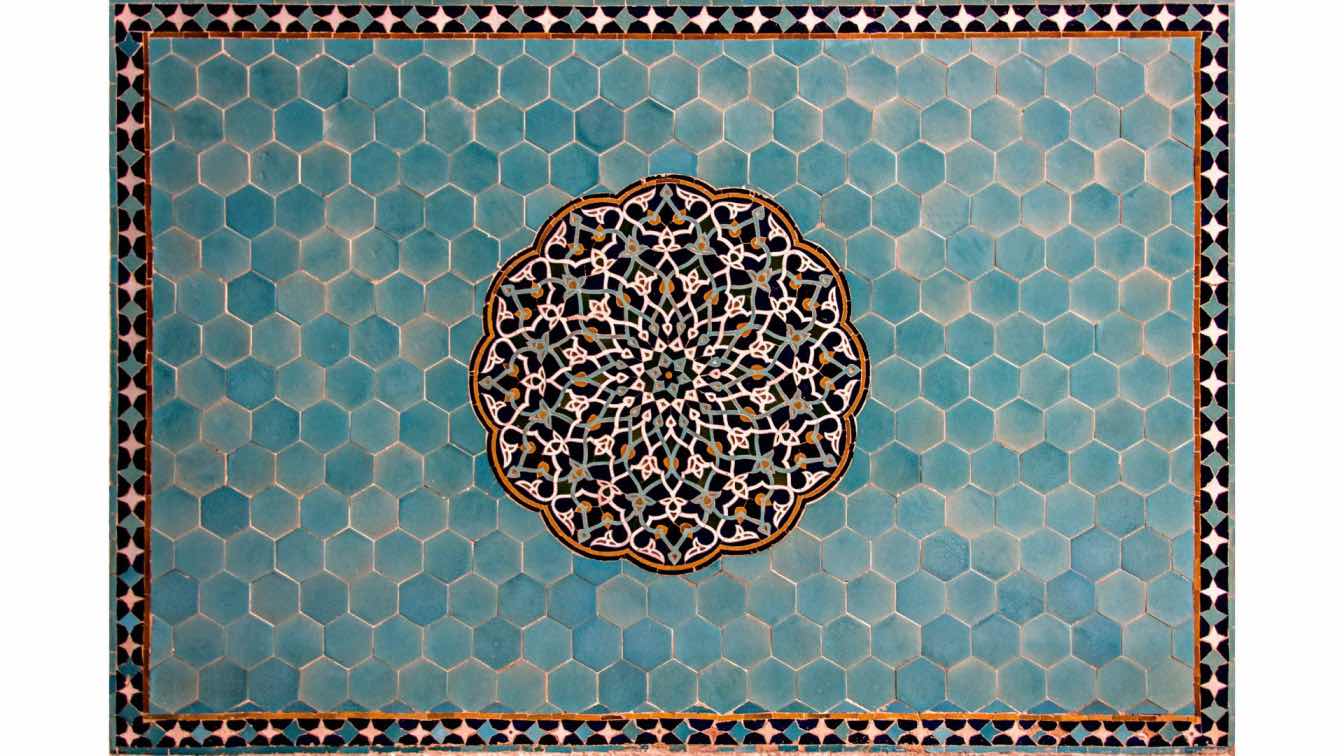In recent years, the architectural design of storage facilities has undergone a remarkable transformation. Gone are the days of drab, utilitarian structures; today's storage facilities are marvels of modern architecture, combining form and function to meet the diverse needs of clients. From bustling urban centres to quiet suburban landscapes, these facilities are redefining how we think about storage spaces.
Blending Aesthetics with Functionality
The architectural revolution in storage facility design begins with a keen focus on aesthetics. Designers are now creating structures that seamlessly blend into their surroundings, whether that's a sleek, glass-fronted building in a city centre or a more traditional brick-and-mortar design in a residential area. These facilities are no longer eyesores but rather attractive additions to the local architecture.
However, beauty is just the beginning. The true genius of modern storage facility design lies in its ability to marry aesthetics with functionality. Take, for instance, the innovative approach seen in Henfield Brighton's unit design. Here, the focus is on creating spaces that not only look good but also facilitate easy access and secure storage for a wide range of client needs. From artists storing valuable paintings to businesses safeguarding sensitive documents, the design caters to all.
The layout of these modern facilities is carefully planned to maximise space efficiency while ensuring ease of movement. Wide, well-lit corridors and strategically placed lifts make it simple for clients to transport their belongings, regardless of size or weight. Climate-controlled units protect delicate items from environmental damage, while advanced security systems provide peace of mind for those storing valuable or confidential materials.
Adapting to Diverse Client Needs
Perhaps the most significant advancement in storage facility design is the recognition that one size does not fit all. Modern facilities offer a range of unit sizes and types to accommodate various storage needs. For example, a musician might require a small, climate-controlled unit for instrument storage, while a growing e-commerce business might need a larger space with easy loading access.
The Henfield Brighton facility exemplifies this adaptability. Its design incorporates units of various sizes, from compact lockers ideal for document storage to expansive spaces capable of housing large furniture or business inventory. This flexibility ensures that whether you're an artist looking to store canvases, a collector safeguarding rare books, or a company archiving important records, there's a perfect space for your needs.
In addition, these facilities often include additional amenities to support their diverse clientele. Some offer workspaces where clients can sort through their belongings or even conduct business. Others provide specialised storage options, such as wine cellars or vehicle storage, catering to niche markets and further diversifying their appeal.
Sustainability and Future-Proofing
As we look to the future, the architectural design of storage facilities continues to evolve. Sustainability is becoming an increasingly important factor, with many new facilities incorporating green technologies such as solar panels, rainwater harvesting systems, and energy-efficient lighting. These eco-friendly designs not only reduce the environmental impact of the facilities but also often result in lower operating costs, which can be passed on to clients in the form of more competitive pricing.
Additionally, designers are future-proofing these facilities by creating flexible spaces that can adapt to changing needs. Modular construction techniques allow for easy reconfiguration of unit sizes, ensuring that the facility can evolve alongside its client base.
The architectural design of modern storage facilities has come a long way from the simple, functional structures of the past. Today's facilities are thoughtfully designed spaces that prioritise accessibility, security, and adaptability. By catering to diverse client needs and embracing innovative design principles, these facilities are setting new standards in the industry. As we continue to see advancements in technology and changes in consumer needs, it's exciting to imagine how the storage facilities of tomorrow will further push the boundaries of architectural design.





